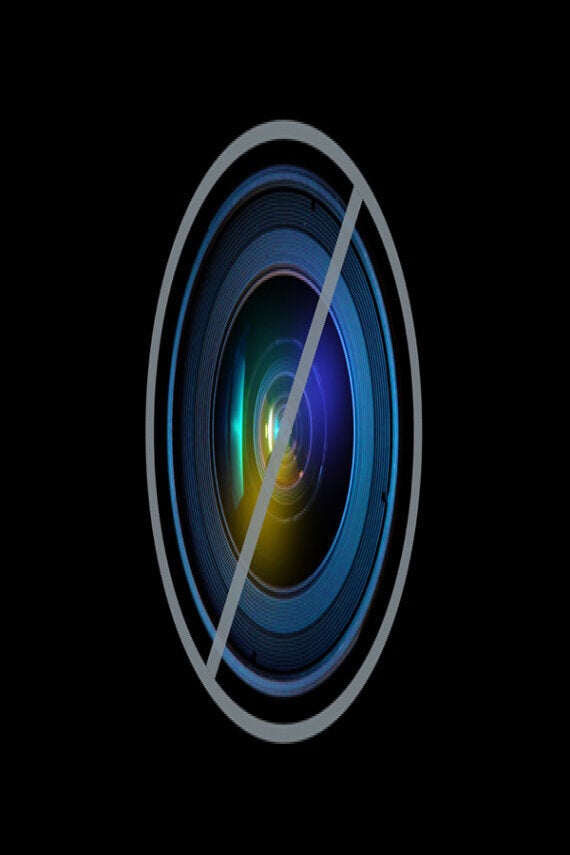WikiLeaks, in a move somewhat contrary to the 'leaks' part of its name, has published a searchable volume of more than 1.7 million United States intelligence records from the 1970s, records which were already in the public domain.
Much of the work was carried out by WikiLeaks founder Julian Assange during his time in the Ecuadorian Embassy in London, where he has been forced to remain since seeking asylum there last summer.
He claims he has "nothing to do but work on WikiLeaks material" while he waits for a breakthrough in his extradition fight.
Assange sought refuge at the embassy last June over fears that he would be sent to the United States if he was extradited to Sweden to face sexual offence claims by two women - charges he denies.
The Ecuadorian Government has granted Assange political asylum and has repeatedly offered Swedish prosecutors the chance to interview the Australian at the embassy, which is based in London's Knightsbridge area.
He said in a statement upon the new publication of the documents by WikiLeaks: "The US administration cannot be trusted to maintain the history of its interactions with the world.
"Fortunately, an organisation with an unbroken record in resisting censorship attempts now has a copy."
The data released on Monday comprises more than 1.7 million US diplomatic records from the beginning of 1973 to the end of 1976, covering a variety of diplomatic traffic including cables, intelligence reports and congressional correspondence.
WikiLeaks has called the collection the Public Library of US Diplomacy (PlusD), describing it as the world's largest searchable collection of US confidential, or formerly confidential, diplomatic communications.
Many on Twitter questioned why there was such a vaunted launch of information already publicly available.
But Assange told the Press Association that the information was important to release because it showed the "vast range and scope" of US diplomatic and intelligence activity around the world.
Henry Kissinger was US Secretary of State and National Security Adviser during the period covered by the collection, and many of the reports were written by him, or were sent to him.
Thousands of the documents are marked NODIS (no distribution) or Eyes Only, as well as cables originally classed as secret or confidential.
Assange said WikiLeaks had undertaken a detailed analysis of the communications, adding that the information eclipsed Cablegate, a set of more than 250,000 US diplomatic cables published by WikiLeaks from November 2010 and over the following year.

The "public library" of diplomacy curated by WikiLeaks
The collection published on Monday has not been leaked, but Assange said WikiLeaks had been working for the past year to analyse and assess a vast amount of data held at the US national archives before releasing it in a searchable form.
Assange said WikiLeaks had developed sophisticated technical systems to deal with "complex and voluminous" data.
Top secret documents were not available, while some others were lost or irreversibly corrupted for periods including December 1975 and March and June 1976, said Assange.
The anti-secrecy campaigner also announced plans last weekend to field candidates in three states in Australia's elections.